Waking, Again, to Consciousness with the Word, Spoken
“So . . . Once upon a time, O Best Belovéd, these were the books that made me a reader and writer; the books that made me me, to a very large extent; transmitted, first, via my mother’s soft, Up-Country South Carolina voice, but always held up for me to see. And the seeing—for those illustrations are as integral to the books as their printed words, their bindings, their slick four-color plate paper—was always essential. For me, to my eye, early and late, a book ‘was’ its author’s voice, its illustrator’s and, perhaps most important of all, its designer’s.” Elizabeth Boleman-Herring
By Way of Being
By Elizabeth Boleman-Herring
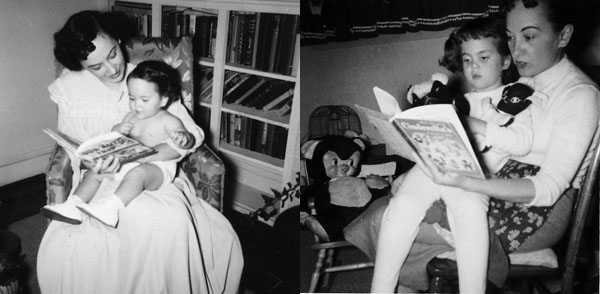
“A book is really like a lover. It arranges itself in your life in a way that is beautiful. Even as a kid, my sister, who was the eldest, brought books home for me, and I think I spent more time sniffing and touching them than reading. I just remember the joy of the book, the beauty of the binding. The smelling of the interior. Happy.”—Maurice Sendak, author of Where the Wild Things Are
“You never have to change anything you got up in the middle of the night to write.”—Saul Bellow
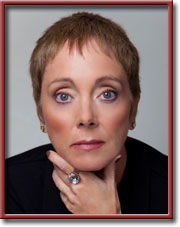 Note: This essay was first published when the author lived, with her jazz musician husband, in a sleeper suburb of Manhattan, Teaneck NJ.
Note: This essay was first published when the author lived, with her jazz musician husband, in a sleeper suburb of Manhattan, Teaneck NJ.
PETIT TRIANON Florida—(Weekly Hubris)—1/4/2015—Today, at 4 a.m., the knocking and soughing of the radiators, a floor below our bed, is burglars: inept, dropping my husband’s priceless trumpets and my mother’s Gorham spoons into pillow cases.
When I first moved into this alien, New Jersey structure, the wee-hour cacophony comprised, I felt sure, squirrels catapulting heavily between our house’s inner and outer walls; or, gale-force winds turning roof-high corners on their way south; or, certainly, the long, diminishing whistles of freight trains bound for Hackensack and beyond.
Every morning in the dark, I am still awakened, not by sound per se, but by the metaphors following right upon the heels of sound.
For a writer, the present is never quite the present but, rather, embodies (or inhabits?) something slightly removed from it: life expressed in a writer’s proprietary tense of the verb, where sound, image and event have already been worked over, worried over, overwrought . . . if only slightly.
And the writer wakes, not to inspect the first floor, with her flashlight, but to scribble down phrases. For some future piece of writing. Then, she hopes she may go back to the deep, soundless and simile-free sleep from which she was roused. It is as though in language manipulated, to which I was first introduced in writing for children, writing for children by the masters of writing, that I saw what I was already doing, halfway.
I woke, I came more fully and more fully, yet, to consciousness . . . through language.
Like a tornado descending, whitely from grey cloud, when a compulsive, compelled writer begins to write—at three, four, five—she touches down on a version of the ground and spins away, completely out of control, directed by other voices, other songs.
![]()
My parents may have encouraged this behavior, these little fits of verbal nausea that evict the sleeper from her warm bed, but this child was born with the contagion in her blood. I know no other in my extended family thus afflicted, thank heaven.
I will turn from the pencil (always my preferred implement) for sex of a certain intensity, the Aegean Sea (for which I long like a caged swallow) or Yoga class, but writing trumps all else.
I wish I could say it is for fame or fortune that I write, but that has never been, never will be, the case.
The warm bed, the ready meal, a human face and voice at my office door, the phone, an appointment? If I am writing, it is as though I am sleep-walking; conscious only to and of the threads of language emerging from my mind and onto the page; back, somehow, in my mother’s lap; being read to and through.
Young writers bring me their works-in-progress now, and if I catch them early enough, before the certain compulsion has set in, when I can see they truly want to do, be, other things, I say, “If you can not write, don’t.” Usually, these young people—beginning to write in their 20s and 30s—are not the real, tortured thing. They have taken up the pen, the keyboard, for a season, like tango lessons, or lacrosse, or Pilates. They can stop at any moment.
I cannot.
![]()
Very recently, a close friend of long standing, perhaps the only friend who sees me through and through, wrote asking me: “But to move to the meat of this note, I have been chewing on a question John and I brought up during the lengthy conversations that dotted our time off over the holidays. The question is, what was/were the first piece(s) of art, (literature, film, music, cave painting—whatever), that influenced who you are today?”
The answer, I found, it was “physically possible” to answer as, some almost 50 to 55 years after the fact, I still have the actual books (and those first influences were all books) in my study.
The titles are (and I shall group them according to just how it was they shaped me): The first group: Legends of Charlemagne, by Thomas Bulfinch, Illustrated by N.C. Wyeth, © 1924; The Christ Child: As Told by Matthew and Luke, Made by Maud and Miska Petersham, © 1931; and a book, entirely in Japanese, of Origami instructions, dating from the early 1950s; The second group: Pagoo, by Holling Clancy Holling, Illustrated by the Author and Lucille Webster Holling, © 1957; Three Little Animals, by Margaret Wise Brown, Pictures by Garth Williams, © 1956; The third group: The Favorite Uncle Remus, by Joel Chandler Harris, © 1948; Winnie the Pooh, by A.A. Milne, with decorations by Ernest H. Shepherd, © 206th Printing, 1953; The Little Prince, by Antoine De Saint-Exupery, © 1943; The Wind In The Willows, by Kenneth Graham, Illustrated by Nancy Barnhart, © 1913; The Jungle Book, by Rudyard Kipling, With Illustrations by J.L. Kipling, W.H. Drake, and P. Frenzeny, © 1946; The Hobbit or There And Back Again, by J.R.R. Tolkien, 1961; and The Blue Fairy Book, Edited by Andrew Lang, Illustrated by Reisie Lonette, © 1959; The final group, several anthologies of poetry compiled specifically for children: Time for Poetry, Compiled by May Hill Arbuthnot, © 1952; The Golden Treasury of Poetry, Selected and with a commentary by Louis Untermeyer, Illustrated by Joan Walsh Anglund, © 1959; and Better Homes and Gardens Storybook, Selected by Betty O’Connor, © 1950.
Born in 1951, I still possess all these books, though a few were long out on loan to friends with children and yet, blessedly, survived to come back to me. (The Blue Fairy Book now lacks its front cover but, no matter: multiple other children have read it.)
The real treasures, however, never left my side, though I estimate I have made some 50 major moves in my life, many of them involving the crossing of oceans, back and forth and back. My library always went with me, as essential as toothbrush and walking shoes.
![]()
So . . . Once upon a time, O Best Belovéd, these were the books that made me a reader and writer; the books that made me me, to a very large extent; transmitted, first, via my mother’s soft, Up-Country South Carolina voice, but always held up for me to see. And the seeing—for those illustrations are as integral to the books as their printed words, their bindings, their slick four-color plate paper—was always essential. For me, to my eye, early and late, a book “was” its author’s voice, its illustrator’s and, perhaps most important of all, its designer’s.
A book was, first of all, a thing. An ineffable thing.
Books used to be, can still be, on occasion, entire portable gestalts of meaning.
Books comprise alternate universes.
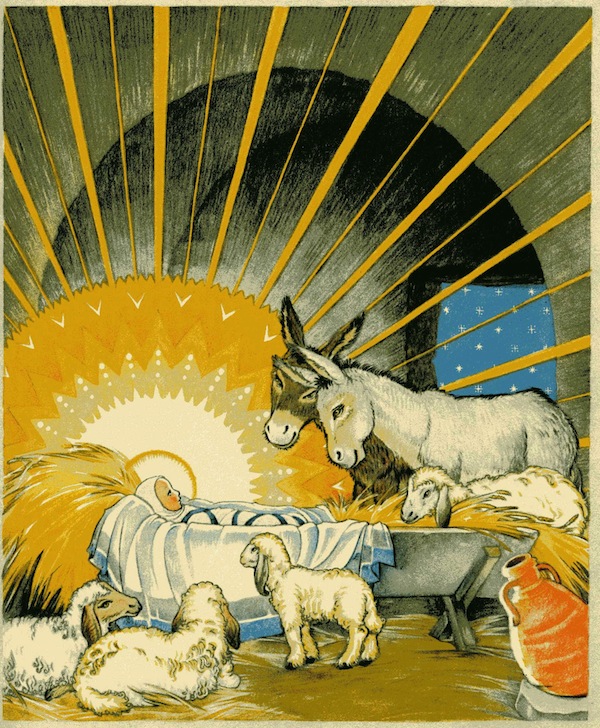
When Doubleday, Doran and Company, Inc. published The Christ Child (printed in Germany by Meissner & Buch, Leipzig), it was “Made by Maud and Miska Petersham.” Made practically by hand. It is the Petershams’ calligraphy, their astonishing, instantly recognizable colored drawings, their page design and their layout that imprinted upon this young reader: not at all their message, what one usually takes to be the content of a book. This is, was, a book to be felt, to be held up to the eye, to be cherished and remembered. A book entirely made . . . by four human hands.
My mother told me that, from the very first (and I have my very first books, with their cardboard pages; both about “baby animals”), books were, for me, sacred objects. I never threw or tore or defaced a book. I have the things themselves to bear out this truth.
In the first category of books, then, are those that most embodied these sacred, alternate universes: the Petershams’ beautifully bound, Petersham-to-the-last-bit-of detail life (and body) of Christ; a little manual on Origami, which thrust me into the alien, and charming, culture of painstakingly-created Japanese ephemera (read right to left); and Legends of Charlemagne, whose text was well over my infant head, but whose slick, full-color plates and calligraphic drop-caps spoke volumes upon volumes. In this fine old burgundy bound text, I first met Orlando and Agrican, on horseback; a wingéd horse ridden by “a cavalier in rich armor” (in fact, in the plate, a flying gryphon); bare-breasted Anjelica (my first vision, perhaps, of a naked female form in “art”), chained to a seaside cliff, and the horrid Orc (be still my heart, even now, as I re-cast eyes upon them!); and, finally, another more-than-half-naked maiden, Morgana, bewitching the Danish hero Ogier.
In the year 2013, the book still falls open at this plate. Was this what I would resemble some day? I cannot, in early childhood, remember ever seeing my mother naked. This was 1950s, Presbyterian Pasadena. But I had Anjelica (and her monster), and Morgana (and her Ogier), and I learned from them, painted by the master, N.C. Wyeth, what was to befall me.
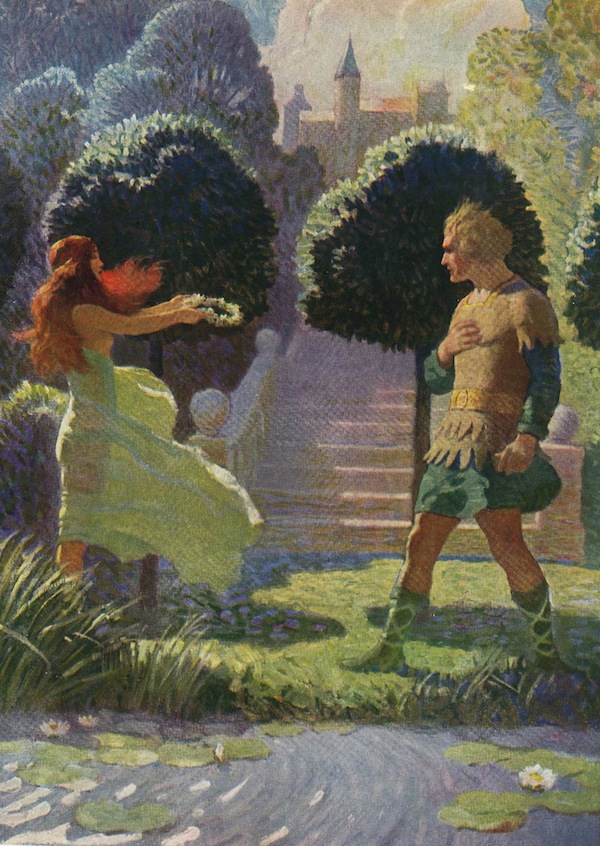
The other three groupings of books brought me other very specific gifts and foreshadowings.
Pagoo tells the story of a hermit crab who sheds borrowed shells as he outgrows them and, in one vulnerable passage between safe houses, encounters and escapes a fierce foe—all this told brilliantly by naturalist Holling Clancy Holling, and illustrated with a scientist’s precision by the author and his wife. In Pagoo, “Old Pal,” or the disembodied spirit of what the author terms “Instinct,” preserves Pagoo as he steps in and out of safety, throughout the entire cycle of his life. Some of my earliest memories in life are of wandering the then-pristine, tide-pool-lined shore at Ventura, California with my naturalist-father, and so Pagoo did not introduce me to the ocean, and its interdependent occupants: it simply took me deeper, through the lens of an elegant microscope.
The third group introduced me to storytellers, storytelling and stories, and gave me, as close relations for life, the indelible characters that populated these stories’ worlds: Mole, of The Wind In The Willows; Joel Chandler Harris’s Br’er Rabbit, with his aural echoes of my Southern parents’ “briar patch-of-origin”; Pooh, Mowgli, The Little Prince, and Bilbo, Gandalf, Gollum and Smaug.
My Puffin Book edition of The Hobbit was published in 1961, and I read it when I was 11, in Greece. Again, my mother was the conduit for every book that came my way till I returned to America in 1963 or 4, and took out my own library card. The Hobbit’s binding is still not sprung, though it was read many, many times, to and by me.
And then, there was poetry, which I wrote, by dictation (to that same, longsuffering and literate mother), before I could hold a pencil. My mother, famously, read Shakespeare to me in utero. How that happened, considering her straitened upbringing in Depression-ravaged Townville, South Carolina, I do not know. (They’re not turning out Old School Marm English teachers now like they used to, but I still possess the “Blue-Backed Speller” from which my Great Aunt Alice taught my mother to read: I know my lineage when it comes to the written word.)
In infancy, I was read Edward Lear’s “The Owl and the Pussy Cat,” “Over in the Meadow,” by John Anthony Hartell (my book even includes sheet music for this lyric), “Hurt No Living Thing,” by Christina G. Rosetti, and “Rain,” by Robert Louis Stevenson: “The rain is raining all round,/It falls on field and tree,/It rains on umbrellas here,/And on the ships at sea.”
Obviously, Stevenson brooked no daft talk of comma splices but, oh, he had an ear.
Untermeyer took me farther afield, and to darker climes with Keats’ “La Belle Dame Sans Merci,” Yeats’ “The Song of Wandering Aengus,” and Alfred Noyes’ “The Highwayman.”
At six and seven, I much preferred “The Highwayman” to anything by Keats and Yeats, and I must admit I also enjoyed the insipid illustrations by Joan Walsh Anglund . . . but more and more exposure to poetry and art on other planes entirely would wean me of Untermeyer and Anglund.
In 1952, when May Hill Arbuthnot wrote the long Introduction to her Time for Poetry, she meant to instruct parents how to read, how to read poetry, to their children. My mother bought the book at the famed Vroman’s Bookstore of Pasadena, I’m sure the year it was published.
Arbuthnot, writing that poetry “should be spoken and heard in order to be wholly understood and enjoyed,” goes on to quote William Butler Yeats:
“I have just heard a poem spoken with so delicate a sense of its rhythm, with so perfect a respect for its meaning, that if I were a wise man and could persuade a few people to learn the art I would never open a book of verse again.”
And yet . . . though “books” first entered my world on the breath of my sweet mother, I soon went on to hold them, and absorb the rest of what they were: entities, all but with souls of their own. Books, things made by hands, containing, like birds, songs and spirits, put into my lap so early, became . . . everything to me.
In a way, since I encountered them, I live at one remove from the real world, or what passes for the real world. Thus, in place of fully inhabiting one real world, I have consciously gained entry into worlds without number.
Near the end of Time for Poetry, is Victor Hugo’s “Be Like The Bird”: “Be like the bird, who/Halting in his flight/On limb too slight/Feels it give way beneath him,/Yet sings/Knowing he hath wings.”
![]()
Note: For more about the Petershams, read http://en.wikipedia.org/wiki/Maud_and_Miska_Petersham; re the Hollings, http://en.wikipedia.org/wiki/Holling_C._Holling; re N.C. Wyeth, http://en.wikipedia.org/wiki/N.C._Wyeth; and re Margaret Wise Brown, author of Three Little Animals, http://en.wikipedia.org/wiki/Margaret_Wise_Brown.
By the way, if that word “soughing,” in my lede sentence, is unfamiliar to you, go to http://sesquiotic.wordpress.com/2010/04/10/sough/.
![]()
To order Elizabeth Boleman-Herring’s memoir and/or her erotic novel, click on the book covers below:
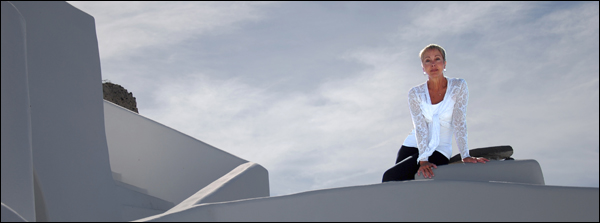
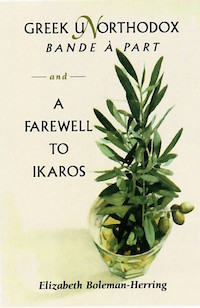
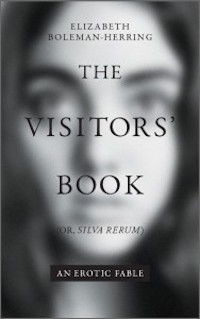
2 Comments
Anita Sullivan
I happily followed your beautiful trail of crumbs, Elizabeth. I, too, was read to from the very beginning, and learned to read from the book my mother held so often in front of me. What a blessing to be reminded of this, thank you!
Elizabeth Boleman-Herring
Dearest Anita, there is never enough time-of-being-read-to, that magical, early place that, for some of us, is a well-remembered kingdom.